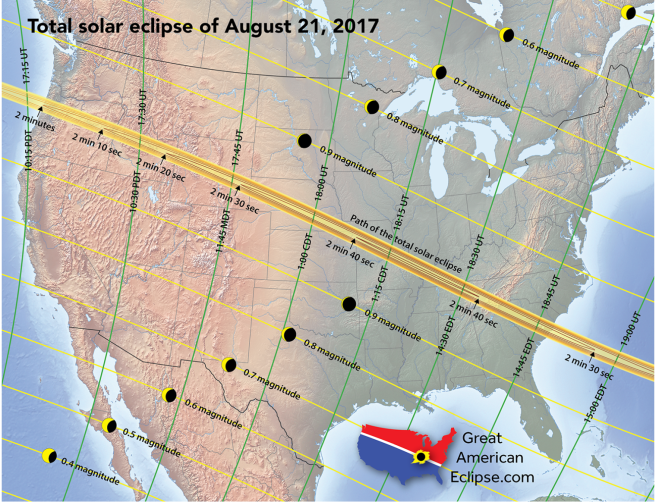
Contemporary Events
“Romeo and Juliet” is published– the manuscript was printed in 1597, and then performed by the Lord Chamberlain’s Men in a theater outside of London.
Harvard university was founded – in 1636, the university was established by the leaders of the Massachusetts Bay Colony and named after a minister called John Harvard. Today, Harvard is one of the most respected universities in the US and in the world.
Contemporary Figures
William Shakespeare (born April 1564 – April 23, 1616) was another famous historical figure who lived at around the same time as Galileo. He was important because he contributed much to English literature at the time, to the point that he is still read and studied. His writing continues to inspire and affect new works of literature to this day.
Reflection
At first, I found learning about this context interesting because it was intriguing to me that all of these discoveries did not happen in a vacuum. While something was happening in one part of the world, other things were happening at the same time in another part of the world. I can only imagine every scientist or artist was scrambling to try and become the next great in their respective fields.
Thinking about it a bit more, I can’t tell if that era only seems this way to me in retrospect. When I think about our current era, there are tons of discoveries and music and art being created every day. It is really not too different in this aspect than how it was at the time these astronomers were alive. Maybe in the future people will be researching the scientists of today and trying to find what other historical figures lived in our time.






